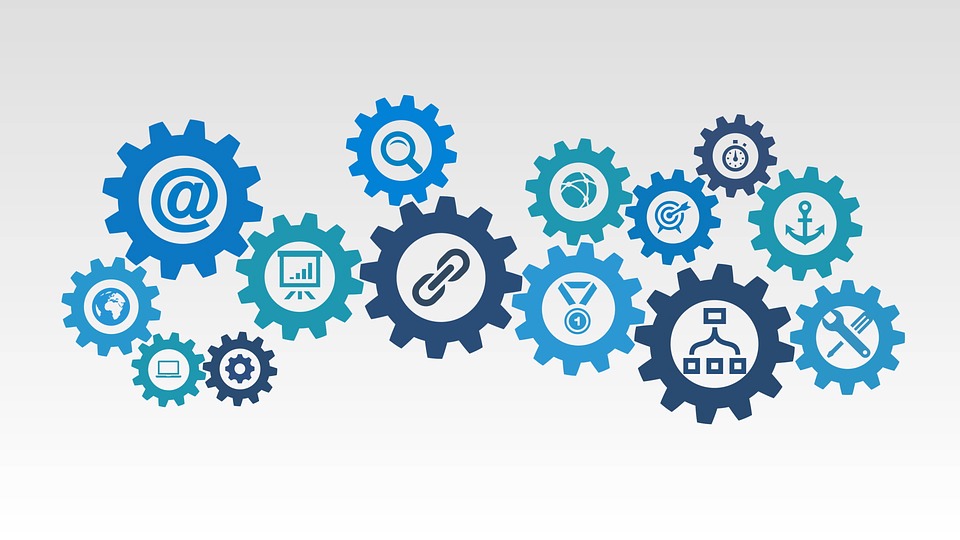If you own a local business which serves clients at a particular address, you must seize the rare opportunity to gain a customer’s attention through using the essential local guide on cellular.
The location of an individual is the basis of ⅓ of mobile online searches, according to Search Engine Land. That’s why in general, local online searches are growing 50% faster than general mobile online searches.
Google Maps Marketing is the process of using the functions of Google Maps to make businesses easier to find. Even though it is very useful for large enterprises, it is even more essential for smaller firms.
The primary objective of Google Maps marketing is to attain the highest ranking possible in the listings of the local business page on Google Maps related to the Google search engine results pages.
Read also: Methods Of Optimizing Local SEO That Is Essential For Small Business
Make sure to optimize the business listings, and the citations should be precise
One way to make your business easier to find on Google Maps is to go to Google My Business and have a listing for your company. It is a listing that will show up when someone looks at the search and maps results.
Google makes sure that the information you give about your company should be accurate. Google identifies your online business location and provides your listings in its results based on the presence and reliability of NAP or Name, Address, and Phone number.
You need to be very careful while providing information about your business. Provide the address, including the floor number and the street. It should appear precisely the same on your website and other directories.
Reach for customer reviews
As soon as you attain the right fundamentals, you should request the clients to leave a review. According to the study done by Search Engine Land, 72% of customers said that good reviews made them trust a local enterprise more.
The hindrance is that most consumers are more likely to post their negative online experiences rather than positive ones. The first step is to remind and encourage your customers how easy it is to provide a review on their mobile devices. You can also embed Google reviews on your website in order to motivate your audience to leave more positive feedback on your business.
Second is your need to remain on top of the reviews, with appointed customer service people in place. It is a good thing that the Google My Business dashboard enables you to view all of the recent studies efficiently and respond to them quickly.
Paid marketing method: Google Maps Ads and Local search ads
Google has previously tried ads inside maps and pressed AdWords location extensions. Google also launched new types of local search advertisements. The newly released Google Maps Ads can drive base traffic to your physical store.
But marketers and entrepreneurs should know that paid advertisements cannot cover all your organic marketing efforts since they can only intensify them. You also need to know that Google decided to display only two ads on top of the organic search results.
The results depend on the past behavior of the user and other signals which make sure that the ad spots tend to be full of relevant listings.
Another excellent feature that you can obtain from the ad is an in-store promotion. It is an area to expand promotions and discounts, attract potential customers nearby and promote visits to your store.
Search ads can produce three kinds of clicks and a perfect way to determine the triumph of your campaigns.
- Mobile clicks-to-call – This mobile clicks-to-call are valuable leads, and it is up to your client’s representatives to convert them.
- Get direction – It can specify how well the advertisements are driving traffic to your store.
- Get location details – It is a good signal of interest in your business.
The newest Google Map ads are still rolling out to local companies. Soon enough, you can have access to them. An excellent feature is an offline map to help your clients save energy for their batteries while getting into the location.
Takeaway
Google Maps is probably one of the most useful apps by Google. Many Gold Coast and Sydney SEO experts suggest that it is better to begin your marketing on Maps by enhancing your Google My Business listings and asking consumers to leave a review to increase local guide results. And, the Google Maps Ads should roll out to AdWords account very soon.
Read also:






















